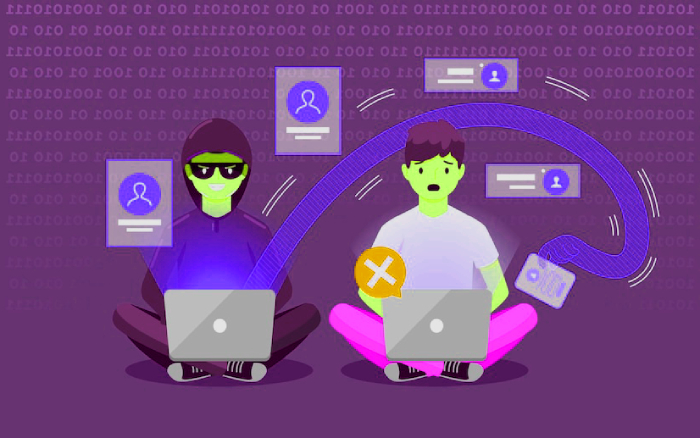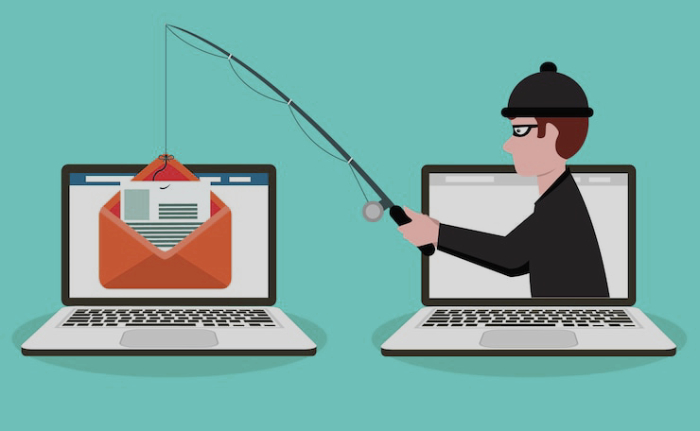Phishing Attack Prevention: Strengthening
Your Digital Defenses
In today's digital age, phishing attacks have become one of the most prevalent forms of cybercrime. A phishing attack is a type of online scam where criminals attempt to steal sensitive information like passwords, credit card details, and other personal information by posing as a trustworthy entity. Phishing attacks are executed through different tactics such as emails, phone calls, and text messages. Once a victim falls prey to a phishing attack, they become vulnerable to identity theft, financial fraud, and other cybercrimes.
As cybercriminals continue to develop more sophisticated phishing techniques, individuals and organizations must strengthen their digital defenses against these attacks. This blog post aims to provide readers with practical tips and strategies to prevent phishing attacks. We will explore the different types of phishing attacks, how to identify a phishing attack, and most importantly, how to protect yourself and your organization against such attacks.
Gaining Insight Into Phishing Attacks:
Cybercriminals engage in phishing attacks to trick individuals into disclosing their personal or financial details. These attackers adopt the guise of reliable sources like banks, e-commerce platforms, or social media sites to gain the victim's trust and exploit their weaknesses. They employ a range of tactics such as emails, text messages, or phone calls to deceive unsuspecting users.

Recognizing Phishing Emails:
In order to strengthen your defenses against phishing attacks, it is essential to possess the ability to recognize the typical indications of a phishing email. Click here to learn more about phishing attack prevention. Here are a few important cues to be cautious of:
- Suspicious Sender: Take notice of the email address of the sender and confirm its genuineness. Exercise caution when encountering minor alterations or spelling errors in familiar email addresses, as malicious individuals frequently attempt to imitate legitimate sources.
- Urgency and Fear Tactics: Phishing emails frequently employ tactics of urgency or fear to coerce recipients into promptly responding, such as issuing warnings of account termination or intimidating them with potential legal repercussions.
- Poor Grammar and Spelling: Phishing attempts are often characterized by grammatical errors, spelling mistakes, or poorly constructed sentences in their emails. As genuine organizations typically maintain professional communication standards, such errors can serve as indicators of a phishing scam.
- Suspicious Attachments or Links: Be cautious when you come across unexpected attachments or links in an email, particularly if they are from unfamiliar sources. These may result in malware infections or redirect you to fraudulent websites aimed at stealing your personal information.
- Requests for Personal Information: If an email requests sensitive information like passwords or social security numbers, it is advisable to be cautious as legitimate organizations usually do not ask for such details via email. It is recommended to verify the legitimacy of the email through other means.
Enhancing Your Digital Security Measures
- Stay Educated and Informed: Stay up to date with the newest phishing techniques and tactics by staying informed through reliable sources, security blogs, and official announcements. Spread this knowledge among your friends, family, and colleagues to increase awareness.
- Verify the Source: Prior to clicking on any hyperlink or sharing personal details, ensure to independently confirm the credibility of the sender or institution. Utilize official websites, contact numbers, or customer support channels to validate any solicitations.
- Exercise Caution with Links: To ensure safety, it is advisable to hover your cursor over hyperlinks in emails in order to view the actual destination URL. It is important to verify if the URL matches the claimed website and exercise caution when dealing with shortened URLs or URLs with uncommon domain names.
- Enable Two-Factor Authentication (2FA): It is recommended to make use of 2FA whenever available, as it enhances security. By employing 2FA, you are required to provide a secondary form of verification, like a distinct code sent to your mobile device, along with your password.
- Keep Software Updated: Make it a habit to keep your operating system, web browsers, and security software up to date. Frequently, software updates come with security patches that safeguard against identified weaknesses.

Overall, phishing attacks continue to be a significant threat to businesses and individuals. However, by implementing the preventive measures discussed in this article, such as employee training, two-factor authentication, and email filtering, organizations can significantly reduce their risk of falling victim to these attacks. It's important to continuously monitor and update your digital defenses to stay ahead of emerging threats and protect your valuable data and assets. By remaining vigilant and proactive, we can all play a role in strengthening our digital security.